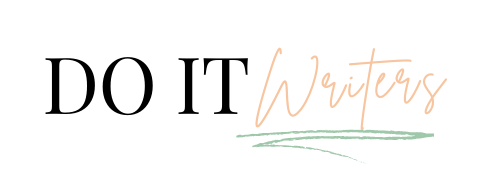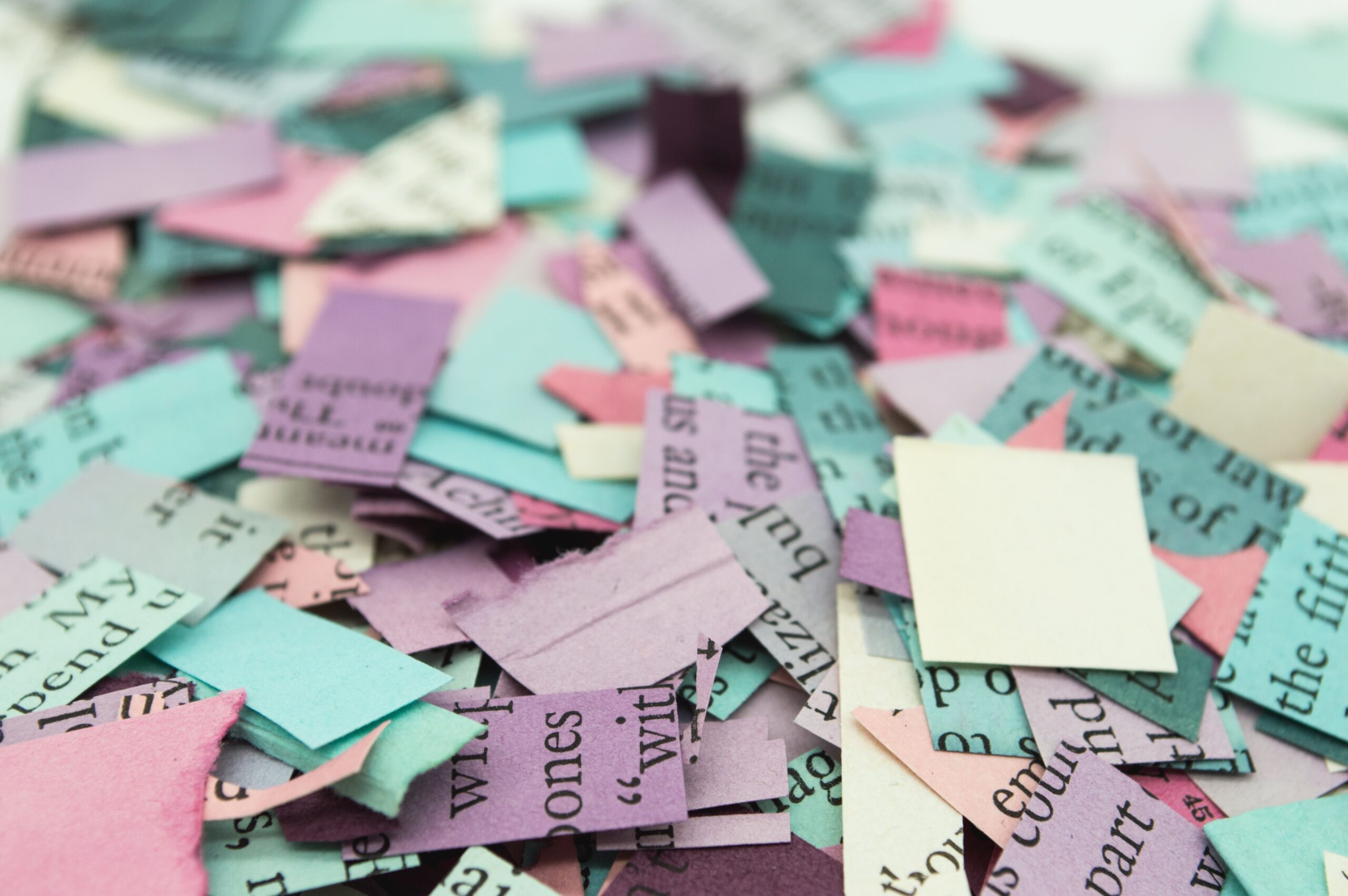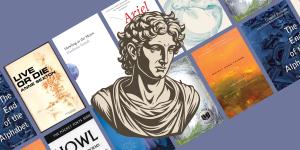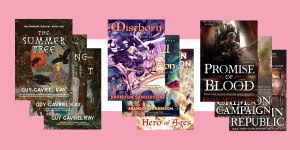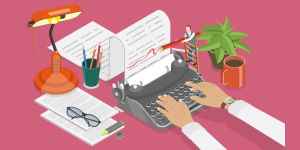Although magazine subscriptions are declining while book sales remain stable, you have likely collected both types of items in your home, such as on your coffee table, bookshelf, or in storage. When you’re ready to clear them out, it’s important to consider recycling.
Recycling paper is often a straightforward process, but some types of paper cannot be recycled. Approximately 23% of waste comes from paper, and recycling helps to conserve natural resources by reducing the need to cut down trees. Paper is one of the most commonly recycled materials in the U.S. However, it’s important to determine which types of paper your local recycling center will accept, as well as how to recycle different types of paper, such as paperback and hardback books, which require different methods due to the differences in their covers.
Although purchasing a book is a commitment that typically means keeping it for a while, there may come a time when it becomes too worn to read or is no longer useful to you. In such cases, it’s important to know how to recycle books responsibly.
Are Books Bad for the Environment?

Books made from recycled or sustainably sourced paper and printed with eco-friendly inks can have a lower environmental impact than those made from virgin paper and printed with traditional inks. Additionally, e-books and audiobooks can have a lower environmental impact than printed books since they don’t require physical materials for production, transportation, or disposal.
However, did you know that books can actually be pretty cool for the environment? Yeah, you heard that right! When books contain valuable knowledge that inspires people to protect the environment, they can have a positive impact.
So, are books good or bad for the environment? It’s a tricky question, my friend. It all depends on a few different things. But don’t worry, there are ways to help reduce their impact! You can pick books that are made from sustainable materials or even choose digital versions instead. It’s all about being mindful and making choices that can make a difference.
What Is Recycling?
Recycling is the process of converting waste materials into new products or materials, to reduce the consumption of raw materials, energy usage, and the amount of waste sent to landfills. In this process, materials that would otherwise be thrown away are collected, sorted, cleaned, and transformed into new products.
Here are some practical tips for recycling:
Know what materials can be recycled in your area: Different areas have different recycling regulations and restrictions. Check with your local recycling program to know what materials they accept for recycling.
Separate your recyclables: Separate your recyclables into different categories, such as plastics, paper, metal, and glass, to make it easier for recycling facilities to sort and process them.
Clean and prepare your recyclables: Make sure that your recyclables are clean and dry before putting them in the recycling bin. Rinse out bottles and cans, remove food residue from containers, and flatten cardboard boxes.
Avoid contaminating your recycling bin: Keep non-recyclable items out of your recycling bin, as they can cause contamination and make the recycling process less effective. Common contaminants include plastic bags, food waste, and hazardous materials.
Consider composting: Organic waste, such as food scraps and yard waste, can be composted to produce nutrient-rich soil. This reduces the amount of waste sent to landfills and provides a sustainable source of fertilizer for your garden.
For example, if you have a plastic bottle, you can rinse it out and remove the label before putting it in the recycling bin. Similarly, you can flatten cardboard boxes to save space in the bin. By following these practical tips, you can help reduce waste and contribute to a more sustainable future.
Recycling can be done at the individual or community level, through programs such as curbside recycling or drop-off centers, or through commercial recycling facilities that process large quantities of waste materials.
Can You Recycle Books?

To recycle books, you need to consider the book type and whether your community offers a recycling program. Books have specific criteria that must be met before they can be recycled, so it’s important to check with your local waste collector to see if they accept paperback or hardcover books.
In some cases, only paperbacks may be accepted, and your local program may require you to remove the spines and covers before recycling. The adhesive used in bookbinding makes it difficult to break down and recycle.
Donating your books to give them a second life is another option. If your book is still readable and in good condition, consider donating it. However, if the book is no longer usable, you can take it to a nearby recycling center to be broken down and repurpose.
Paperback books can usually be recycled in their current state, but hardcover books require special treatment. You’ll need to remove the cover and binding, leaving only the paper pages to be recycled.
Ideally, reusing or donating your unwanted books should be your first choice. Recycling should be a last resort for books that cannot be repurposed.
How To Recycle Books
Here is a step-by-step guide on how to recycle books:
Determine the type of book

Before recycling your books, you need to determine whether they are paperback or hardcover. This will help you understand what type of recycling process is required.
Some tips to help you determine what kind of book you have would be to:
Check the cover: The cover of a book can provide useful information about the type of book you have. For example, hardcover books are typically more durable and expensive than paperback books. Additionally, the cover may include information such as the title, author, and publisher, which can help you identify the book.
Look at the spine: The spine of a book can also provide important information about the book, such as the title, author, and publisher. Some books may also have a series number or edition number printed on the spine.
Check the copyright page: The copyright page, usually located on the back of the title page, provides important information about the book, including the publisher, the publication date, the edition, and the ISBN (International Standard Book Number). The ISBN is a unique identifier assigned to each edition of a book, which can help you search for the book online or in a library catalog.
Read the table of contents: The table of contents can give you a sense of the structure and content of the book. It can also help you determine if the book is a reference book, such as a dictionary or encyclopedia, or a work of fiction or nonfiction.
Read the first few pages: The first few pages of a book can provide important information about the type of book you have. For example, the first page may include a dedication or epigraph, which can give you a sense of the tone and style of the book. Additionally, the first chapter or introduction can provide information about the author’s purpose and the book’s subject matter.
By using these tips, you can determine what kind of book you have and better understand its content and value.
Check with your local recycling program
Contact your local recycling program or waste management facility to see if they accept books for recycling. Ask about their specific requirements, including whether you need to remove the covers and spines of hardcover books.
Here are some steps you can follow to check with your local recycling program if they accept books:
Check their website: Many recycling programs have a website that provides information about what materials they accept for recycling. Look for a section that specifically mentions books, paper, or other printed materials.
Call or email the recycling program: If you can’t find the information you need on their website, contact the recycling program directly. Look for their contact information on their website or in a local directory. You can call them or send them an email asking if they accept books for recycling.
Inquire about book recycling policies: When you contact the recycling program, ask them about their specific policies for book recycling. For example, they may only accept certain types of books, such as paperback or hardcover books, or they may only accept books in good condition.
Ask about drop-off locations: If the recycling program accepts books for recycling, ask if there are specific drop-off locations or if they offer curbside pickup. Some recycling programs may have designated drop-off locations at recycling centers, libraries, or other public spaces.
Consider alternative book donation options: If your local recycling program does not accept books for recycling, consider donating them to a local library, school, or charity instead. You can also sell or donate them online through websites such as Amazon, eBay, or Goodwill.
By following these steps, you can find out if your local recycling program accepts books for recycling and properly dispose of them if they do not.
Donate if possible
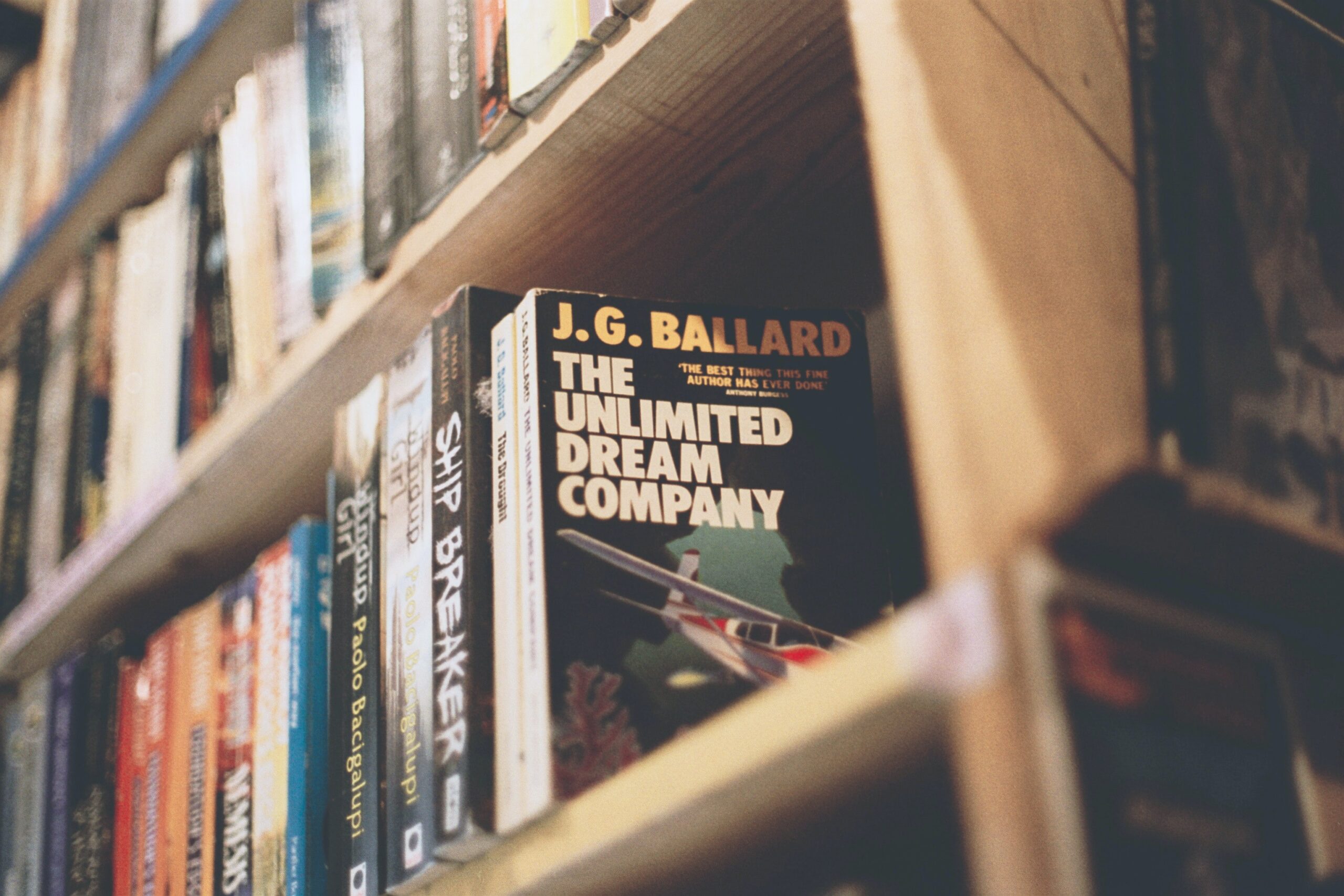
If your books are still in good condition, consider donating them to a local library, school, or charity organization. This is a great way to give your books a second life and help others.
Some ways of donating books would be:
Local Libraries: Many libraries accept donations of gently used books. Check with your local library to see if they have a book donation program or if they can direct you to a nearby library that accepts book donations.
Schools and Colleges: Many schools and colleges welcome book donations, especially for their libraries or for classroom use. Contact your local schools or colleges to inquire about their donation policies.
Charitable Organizations: Several non-profit organizations accept book donations to support their various programs, including literacy initiatives, community outreach, and education programs. Some examples include Better World Books, Books for Africa, and The Children’s Book Bank.
Little Free Libraries: Little Free Libraries are small outdoor book-sharing stations located in various neighborhoods and public spaces. You can donate your books to a Little Free Library by simply placing them in the box for others to enjoy.
Online Book Donation Programs: There are several online book donation programs that accept book donations and distribute them to various organizations in need. Some examples include The Book Donation Network, Books Through Bars, and The National Center for Families Learning.
When donating books, it is important to ensure that they are in good condition and appropriate for the intended recipient. You should also inquire about any specific requirements or restrictions for book donations, such as the type of books accepted or the condition they should be in.
Remove covers and spines

If you need to recycle hardcover books, you’ll need to remove the covers and spines. This will separate the paper pages from the binding materials, which cannot be recycled in the same way as paper.
Removing covers and spines from books can be a delicate process, and it should only be done if you have a specific reason for doing so. Here are the general steps for removing covers and spines from a book:
Choose a book that you no longer need or want, as removing the cover and spine will likely damage the book.
Use a sharp blade or craft knife to cut along the spine of the book where it meets the cover. Be very careful not to cut into the pages of the book.
Once you have cut all the way along the spine, use your fingers or a flat tool like a spatula to gently pry the cover away from the book’s spine.
If the cover is still attached to the book’s spine, you can use a hairdryer to heat the glue that holds the cover in place, making it easier to remove. Hold the hairdryer a few inches away from the cover, and apply heat for a few seconds at a time until the glue softens.
Once you have removed the cover, you can also remove the spine by repeating the same process.
Note that removing covers and spines from books can be challenging and time-consuming, and it may not be worth the effort unless you have a specific reason for doing so, such as rebinding or repairing the book.
Place in a recycling bin or take to a recycling center

If your local program accepts books for recycling, you can place them in your recycling bin or bring them to a recycling drop-off location. If your program doesn’t accept books, you can try finding a nearby recycling center that specializes in paper and book recycling.
If you are recycling the books in a curbside recycling bin, place them in a paper recycling bag or cardboard box to keep them separate from other recyclables.
If you are taking the books to a recycling center, sort them by paper type and remove any contaminants, such as food or liquids. This will make it easier for the recycling center to process the books.
If the books are hardcover, you can remove the cover and recycle the paper separately from the cover.
Remember to follow your local recycling guidelines and only recycle materials that are accepted in your area. Improperly recycling books or other materials can contaminate the recycling stream and cause problems for recycling centers.
Make sure the book is empty
Before recycling, make sure the book is empty of any bookmarks, paper clips, or other non-paper materials. These materials can damage the recycling equipment and reduce the quality of the recycled paper.
Rinse out any residue
If your book has any residue, such as food or oil stains, rinse it out before recycling. This will help to prevent contamination of the recycling stream and ensure the recycled paper is of high quality.
If you want to recycle your books, it’s important to rinse out any residue before placing them in a recycling bin or taking them to a recycling center. Here are the steps to follow:
Fill a sink or basin with warm water and a small amount of dish soap. The soap will help to break down any residue or dirt on the book pages.
Hold the book by the spine and gently dip the pages into the water, one section at a time. Be careful not to immerse the entire book in the water, as this can damage the binding and pages.
Use a soft-bristled brush or sponge to gently scrub the pages, working from the spine towards the edges. Be careful not to scrub too hard or you may damage the pages.
Once you have cleaned all the pages, rinse the book under running water to remove any soap residue.
Gently shake the book to remove any excess water and place it on a clean towel to dry. Do not place the book in direct sunlight or use heat to dry it, as this can cause the pages to warp or curl.
Once the book is dry, you can place it in a recycling bin or take it to a recycling center.
Note that some books may have ink or other materials that cannot be removed through rinsing alone. In these cases, it may be best to consult with your local recycling program or recycling center to determine the best course of action.
In conclusion, recycling books is awesome, but it’s important to do it right! Remember to think about the type of book you’re recycling and the rules in your area. Donating books that are still in good shape is a great option too! And if you’re recycling hardcover books, be sure to remove those covers and spines first. Let’s keep those books out of the landfill and in the recycling bin where they belong!
READ MORE : 7 Amazing Things That Will Happen If You Read Books Before Bed
